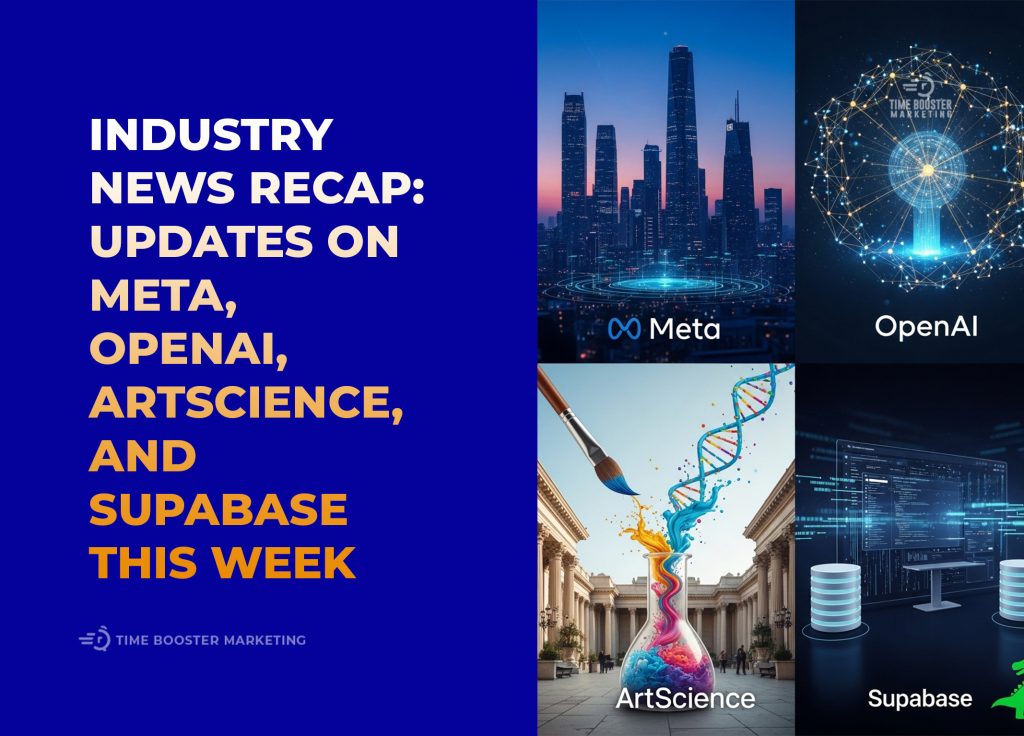Artificial intelligence is rapidly evolving, but many AI applications rely on cloud servers, requiring internet connectivity that can limit privacy, speed, and accessibility. Google’s AI Edge Gallery, launched quietly in 2025, changes this by enabling users to run powerful generative AI models directly on their Android smartphones without an internet connection.
This experimental app brings a suite of AI tools, such as chatbots, image analysis, and text generation, fully offline, leveraging open-source models from platforms like Hugging Face and Google’s own lightweight Gemma 3n. AI Edge Gallery represents a significant leap toward personal, private, and portable AI experiences accessible anywhere.
Benefits of Google AI Edge Gallery
Running AI locally eliminates latency and privacy concerns tied to cloud computing. For users in regions with limited or unreliable internet, it offers uninterrupted AI access. Moreover, by open-sourcing the app, Google invites developers to customize and expand AI capabilities, fostering innovation in on-device AI.
This approach also reduces data transmission risks, giving users full control over their information. As AI hardware improves, apps like AI Edge Gallery could become standard tools for everyday tasks, creativity, and problem-solving.
Privacy and Security Benefits
Because AI Edge Gallery processes data entirely on the device, users avoid sending sensitive information to external servers. This local processing significantly enhances privacy and security, addressing concerns that have grown alongside AI adoption.
Accessibility and Offline Use
Many AI tools require consistent internet access, which can be a barrier in areas with poor connectivity. AI Edge Gallery’s offline functionality ensures users can access AI-powered assistance anytime, anywhere, making it especially valuable in remote or underserved regions.
The 7 Game-Changing Features of Google AI Edge Gallery
AI Chat
Engage in dynamic, multi-turn conversations with AI models running entirely offline. Whether for answering questions, brainstorming, or casual dialogue, AI Chat offers a responsive and private chat experience.
Example Use Case: A student can ask AI Chat to explain complex concepts or help draft essays without worrying about data privacy or internet availability.
Ask Image
Upload images and ask specific questions about their content. The AI can identify objects, describe scenes, or solve visual problems, all processed locally for speed and privacy.
Example Use Case: A traveler can snap a photo of a local plant or landmark and ask the AI to identify it without needing an internet connection.
Prompt Lab
Experiment with single-turn prompts to rewrite text, summarize content, generate code snippets, or create freeform text. Users can adjust parameters like token count and temperature to control AI creativity and output style.
Example Use Case: A developer can quickly generate or debug code snippets offline, improving productivity without switching apps or waiting for cloud responses.
Model Marketplace and Selection
Browse and download AI models from Hugging Face and Google’s Gemma 3n. Users can switch between models optimized for various tasks, balancing performance and device capabilities.
Example Use Case: Users with limited device resources can select smaller, faster models, while those with powerful smartphones can opt for more complex models for advanced tasks.
Custom Model Support
Upload and run your own LiteRT-compatible AI models, enabling developers and advanced users to tailor AI functionality to specific needs.
Example Use Case: A researcher can test proprietary AI models locally, facilitating experimentation without exposing data to external servers.
Real-Time Performance Insights
Track metrics such as time to first token, decode speed, and latency to monitor how models perform on your device, helping optimize usage and troubleshoot issues.
Example Use Case: Users can identify which models run efficiently on their hardware and adjust settings to improve responsiveness.
Device Resource Management
Choose which device processor (CPU, GPU, or accelerators) to use for AI tasks and adjust settings to manage battery consumption and temperature, ensuring smooth operation even on mid-range devices.
Example Use Case: A user can prioritize GPU usage for faster processing while balancing battery life during extended AI sessions.
Getting Started with Google AI Edge Gallery
Currently in experimental alpha, the app is available for Android via APK sideloading from Google’s GitHub repository. Users must enable installation from unknown sources and have a Hugging Face account to download models. An iOS version is in development.
Installation Steps
-
Download the APK from the official GitHub repository.
-
Enable installation from unknown sources in device settings.
-
Install the app and sign in with a Hugging Face account to access the model marketplace.
-
Select and download AI models suitable for your device and intended use.
User Interface Overview
The app features a clean, intuitive interface with clear navigation to AI Chat, Ask Image, and Prompt Lab. Model management and performance monitoring are accessible via dedicated menus.
Limitations and Considerations
Hardware Dependency
Performance varies significantly based on device specifications. Newer smartphones with powerful CPUs and GPUs handle complex models smoothly, while older or budget devices may experience lag or overheating.
Battery Consumption
Running AI models locally is resource-intensive and can drain battery quickly. Users should monitor battery levels during extended sessions and adjust resource management settings accordingly.
Offline Model Limitations
Offline models may not have access to real-time information or updates, limiting their usefulness for tasks requiring current data, such as news or weather inquiries.
Experimental Nature
As an alpha release, the app may contain bugs or stability issues. Users should expect ongoing updates and improvements as Google refines the app.
The Future of On-Device AI
Google AI Edge Gallery marks a pivotal shift toward decentralized AI that respects user privacy and enhances accessibility. By open-sourcing the app under the Apache 2.0 license, Google invites developers worldwide to contribute, customize, and innovate.
Community-Driven Innovation
Open-source availability encourages a vibrant ecosystem of developers who can create new AI models, improve performance, and tailor the app to diverse use cases.
Expanding Device Compatibility
Future updates may optimize the app for a broader range of devices, including iOS and lower-end Android phones, democratizing AI access further.
Integration with Other Apps
On-device AI could integrate seamlessly with productivity, creativity, and communication apps, offering AI assistance without compromising privacy or requiring internet access.
Conclusion
Google AI Edge Gallery is a groundbreaking step toward private, accessible, and powerful AI experiences on personal devices. Its seven core features: AI Chat, Ask Image, Prompt Lab, model marketplace, custom model support, performance insights, and device resource management, combine to offer versatile offline AI capabilities.
While still experimental, AI Edge Gallery highlights a future where AI is not confined to the cloud but lives on our smartphones, empowering users with fast, private, and customizable AI tools anytime, anywhere.





